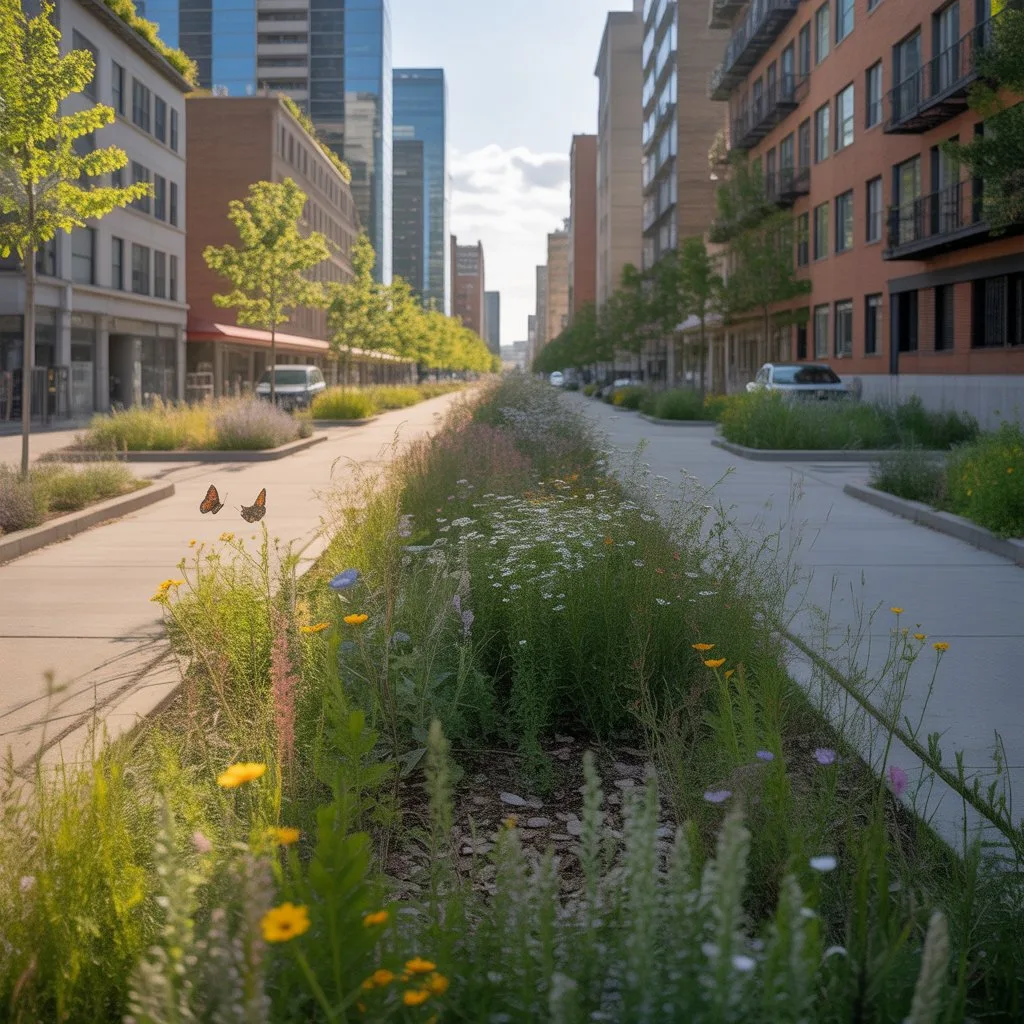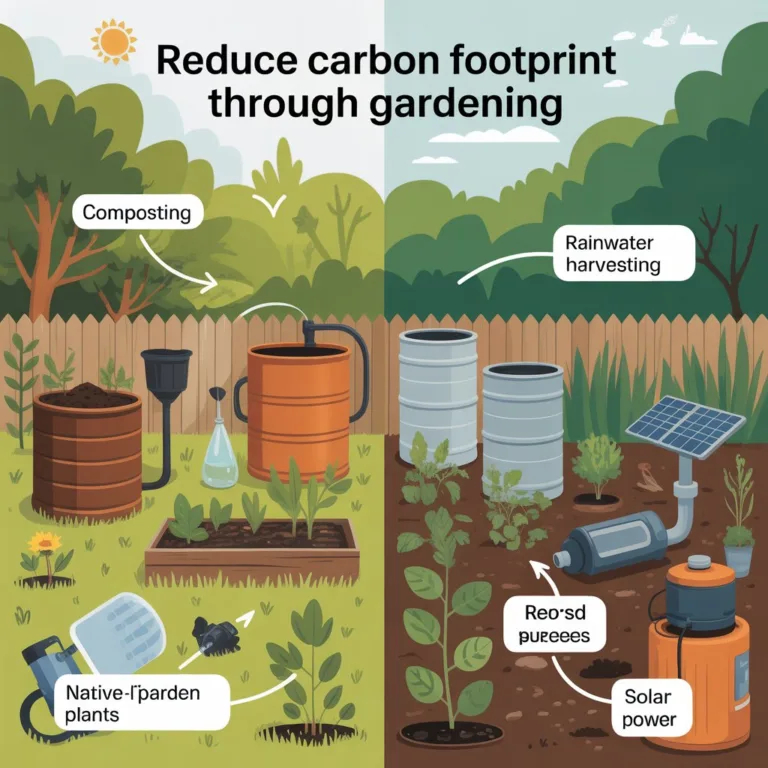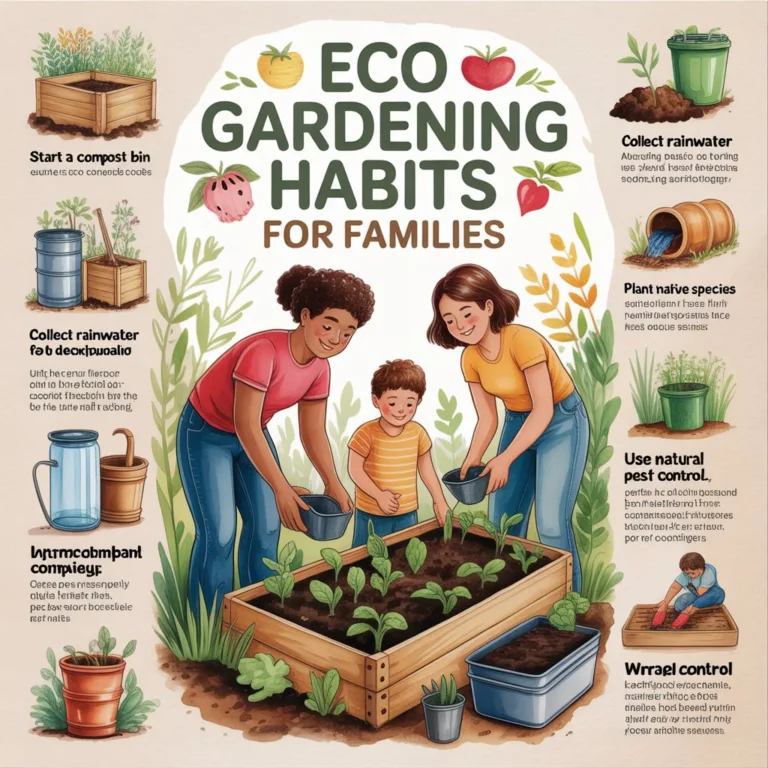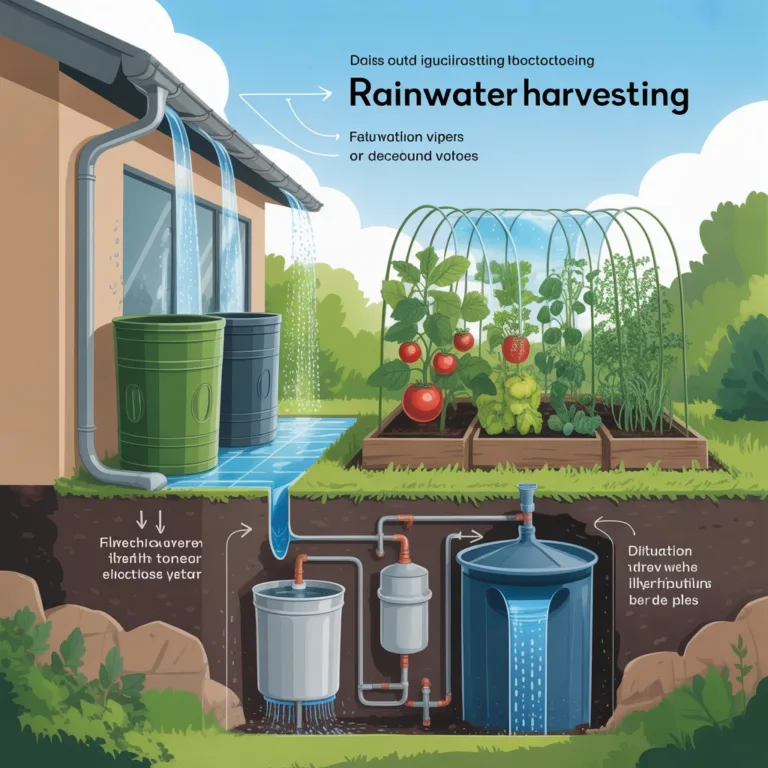Urban environments are often dominated by concrete, asphalt, and human activity, leaving little room for natural ecosystems to thrive. Rewilding urban spaces is an innovative approach that seeks to restore biodiversity, promote ecological balance, and reconnect people with nature within cities. It is a movement that combines environmental stewardship, community engagement, and practical design to transform neglected urban areas into thriving habitats for plants, animals, and humans alike. By taking deliberate steps, anyone can contribute to this shift, whether through individual efforts in a backyard or by participating in larger community initiatives.

Understanding Rewilding in Cities
Rewilding traditionally refers to the process of returning landscapes to a more natural state, often by reintroducing native species and reducing human intervention. In urban settings, rewilding takes on a slightly different form. The focus is not necessarily on creating untouched wilderness, but on enhancing green spaces, creating habitats for wildlife, and improving ecological connectivity.
Urban rewilding emphasizes:
- Native vegetation: Planting species that are adapted to local conditions supports biodiversity and reduces maintenance needs.
- Habitat creation: Providing food, shelter, and nesting opportunities for birds, insects, and small mammals.
- Naturalistic landscaping: Moving away from rigid lawns and monocultures toward varied plant communities that resemble natural ecosystems.
By fostering a diverse range of plants and animals, urban rewilding can enhance ecosystem services such as pollination, water filtration, and air purification, improving quality of life for city dwellers.
The Benefits of Urban Rewilding
Rewilding urban spaces offers multiple benefits beyond environmental improvements.
- Biodiversity Preservation: Cities can act as critical refuges for wildlife. Even small green spaces can support insects, birds, and other native species that might otherwise struggle to survive in highly urbanized areas.
- Climate Resilience: Plants in rewilded spaces can help mitigate urban heat islands by providing shade, reducing temperatures, and absorbing CO₂.
- Mental Health and Well-being: Access to natural areas has been shown to reduce stress, enhance mood, and encourage physical activity. Rewilded areas offer places for relaxation, meditation, and informal recreation.
- Community Engagement: Projects to rewild neighborhoods encourage people to work together, fostering community pride and social cohesion.
- Educational Opportunities: Urban rewilding provides living classrooms for schools, youth groups, and hobbyists to learn about ecology, conservation, and sustainable gardening.
These benefits illustrate that rewilding is not just an environmental endeavor but a holistic approach to creating healthier, more livable cities.
Assessing Your Space
Before starting a rewilding project, it’s important to assess the available space and conditions.
- Identify existing natural features: Trees, shrubs, streams, or unused soil patches can provide a starting point.
- Analyze sunlight and soil quality: Most plants require specific light levels and soil conditions. Understanding these factors helps select appropriate species.
- Evaluate human activity: Consider foot traffic, nearby roads, and other disturbances. Some areas may need protective measures to prevent damage.
- Check local regulations: Some cities have rules about planting on public land or altering existing infrastructure. Always ensure compliance.
Even small urban plots—like courtyards, rooftops, or community gardens—can make a meaningful difference when thoughtfully designed.
Choosing Plants for Urban Rewilding
Selecting plants is a critical step. Focus on native species, as they:
- Support local pollinators such as bees, butterflies, and birds.
- Are adapted to local climate, requiring less water and maintenance.
- Integrate well with the surrounding ecosystem, avoiding invasive behavior.
Some plant options include:
- Trees and shrubs: Oak, maple, dogwood, or hazel provide canopy, shelter, and food.
- Flowering plants: Wildflowers like coneflowers, black-eyed susans, and milkweed attract pollinators.
- Grasses and groundcovers: Native grasses and mosses reduce erosion, retain moisture, and provide cover for small animals.
- Aquatic plants: If your space includes ponds or water features, native aquatic plants support frogs, insects, and birds.
Layering plant heights and types creates a complex habitat structure that mimics natural ecosystems, supporting a wide range of species.
Creating Habitats
Rewilding is not just about planting—it’s about providing resources for wildlife:
- Birdhouses and feeders: Encourage nesting and attract birds that help control pests.
- Insect hotels: Provide shelter for beneficial insects like solitary bees and ladybugs.
- Log piles and rocks: Small mammals, reptiles, and amphibians use these as hiding spots.
- Water sources: Shallow ponds, birdbaths, or rain gardens offer drinking and bathing opportunities for wildlife.
Integrating these features encourages a self-sustaining ecosystem, where plants and animals thrive together with minimal human intervention.
Practical Tips for Implementation
- Start small: Begin with a manageable area and expand over time as you gain experience.
- Document progress: Take photos and notes to monitor changes, species visiting, and plant health.
- Community involvement: Invite neighbors, schools, or local organizations to participate. Collaborative projects often have greater success and impact.
- Maintenance with care: Avoid over-managing. Water new plants, remove trash, and occasionally prune invasive species, but allow natural processes to occur.
- Observe and adapt: Watch how wildlife and plants interact, and adjust plant selection or habitat structures accordingly.
By combining careful planning with flexible observation, urban rewilding becomes a dynamic, evolving process rather than a static project.
Rewilding in Different Urban Settings
1. Rooftops and balconies:
Transform unused rooftop spaces into green oases. Use container gardening, raised beds, and vertical planting systems to maximize limited space. These areas can host pollinators, small birds, and ornamental plants.
2. Vacant lots and alleys:
Unused plots can become mini-meadows, pocket forests, or community gardens. Incorporating native wildflowers and shrubs improves aesthetics, encourages biodiversity, and reduces the spread of invasive plants.
3. Public parks and streetscapes:
Even small interventions like planting wildflower strips along sidewalks or adding tree clusters in parks can create corridors for wildlife, making cities more hospitable for diverse species.
4. Educational institutions:
Schools and universities can integrate rewilded plots for environmental education, engaging students in hands-on learning about ecology, conservation, and sustainability.
Encouraging Wildlife Interaction
Rewilded urban spaces are most effective when they invite wildlife without creating hazards.
- Avoid pesticides and herbicides; these chemicals harm both plants and animals.
- Create buffer zones to protect sensitive species from high-traffic areas.
- Plant seasonal flowers to provide nectar and seeds year-round.
- Use native fruiting shrubs to support birds and small mammals.
Observing and documenting wildlife interactions also adds a research component, helping you track biodiversity changes and understand ecological dynamics in your urban area.
Community and Social Benefits
Urban rewilding projects often become community hubs, fostering interaction, education, and civic engagement.
- Workshops and volunteering: Local groups can organize planting days, habitat building workshops, or wildlife monitoring activities.
- Art and culture: Incorporate sculptures, murals, or educational signage to enrich the environment and engage diverse audiences.
- Well-being initiatives: Rewilded spaces provide restorative environments for meditation, walking, or social gatherings, improving physical and mental health.
By combining ecological goals with social participation, urban rewilding strengthens communities as well as ecosystems.
Overcoming Common Challenges
Rewilding urban spaces comes with challenges, but proactive strategies can overcome them:
- Limited space: Use vertical gardening, container planting, or rooftop gardens to maximize greenery.
- Pollution: Plant hardy species tolerant of urban air and soil conditions; incorporate rain gardens to filter runoff.
- Vandalism: Engage community members to foster a sense of ownership; incorporate artistic elements that deter damage.
- Maintenance constraints: Opt for low-maintenance native plants and design habitats that require minimal human intervention.
Each obstacle offers an opportunity for creative solutions and innovation in urban environmental design.
Long-Term Vision
Rewilding urban spaces is a long-term commitment. Benefits may not appear immediately, but with patience, these areas can flourish, providing:
- Continuous habitat for pollinators, birds, and small mammals.
- Improved soil quality and microclimate regulation.
- A model for sustainable urban development, inspiring other neighborhoods or cities to implement similar initiatives.
Successful urban rewilding combines ecological understanding, careful planning, and community involvement, resulting in spaces that are both functional and beautiful.
Final Thoughts
Rewilding urban spaces is a powerful way to transform cities into more resilient, sustainable, and livable environments. Whether through small interventions in personal gardens or large-scale community projects, every effort counts. By planting native species, creating habitats, and engaging local communities, we can foster ecosystems that support biodiversity while enhancing human well-being. Urban rewilding is not just about restoring nature—it is about reconnecting people with the living world around them, encouraging curiosity, creativity, and care for the environment.
As you explore opportunities to rewild your urban space, remember that every small action contributes to a greener, healthier, and more vibrant city.

Sofia Greenfield is a sustainable gardening expert and environmental educator who inspires families and urban gardeners to cultivate green spaces responsibly. She shares practical tips on growing vegetables, herbs, and flowers using eco-friendly and recycled materials, emphasizing the joy of gardening while protecting the planet.



